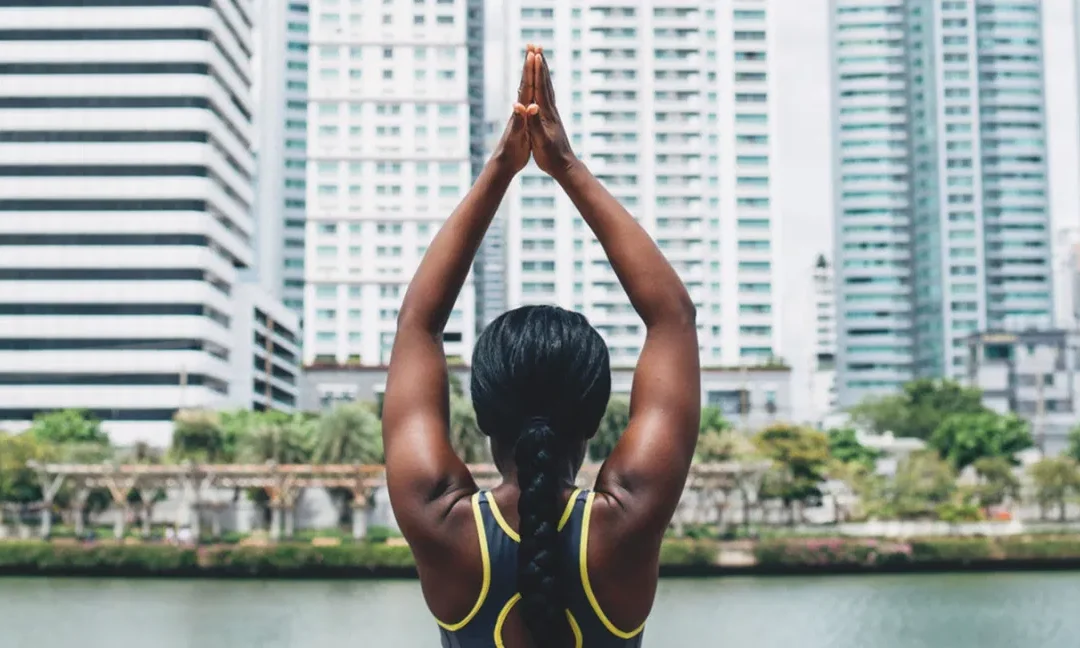Understanding Calorie Burning
The best form of weight management is by watching calories — both the calories you consume and the calories you burn as energy. When you consume more calories than your body needs for energy, you will gain weight. If you consume fewer calories or exercise to burn more calories, you will lose weight. Simple as that!
Whilst there are a huge number of diets that boast unique means and tactics to help you lose those extra pounds, they all come down to consuming fewer calories than your body naturally burns (your BMR) or burning more calories through physical exercise.
It is completely normal for your weight to fluctuate by a few pounds as you consume more or fewer calories and burn more or fewer calories. Over time, most people find a balance that they can maintain without needing to drastically measure the calories in versus calories out.
Benefits of Standing rather than Sitting to Burn Calories
A plethora of studies have shown that people in general typically burn more calories standing than when sitting. This may seem obvious to all of us, but some interesting things have come out of the research!
One specific study showed that adults who weighed 143 pounds burned 0.15 more calories a minute when standing over and above the calories burned when sitting. So, this study shows that if you stand for six hours each day instead of sitting down, Someone weighing 143 lbs could burn around 54 additional calories. While this isn’t much, it adds up to the equivalent five and a half pounds of fat burning per year! This figure is lower than the one stated in our opening lines but demonstrates the difference between personal demographics.
Another confirming study measured the calorie burn of a group of people on average while sitting, standing, and walking. While sitting, they burned only 80 calories per hour. Standing burned an additional eight calories (10% increase), and walking burned a total of only 210 calories per hour. All these figures are significant, but the one to keep in mind is the fact that standing burns 10% more calories per hour than sitting!
Risks of spending too much time sitting
Sitting for prolonged periods of time increases the risk of some adverse health conditions.
These conditions include, but are by no means limited to the following:
- Obesity, through the facilitation of a sedentary lifestyle
- Diabetes, through obesity, lack of exercise and sedentary working/living.
- Cardiovascular (heart) disease, through lack of movement and decreased blood flow.
- Cancer, as proven by many cancer research institutions.
- Premature death, through all the above.
It is important to understand that there is no specific link between standing and lowered risk. The link is between sitting and an increased risk of these conditions. The whole premise is to stand more and sit less, rather than to stand all the time! However, all steps you take to improve your activity levels and calorie burn can have a positive impact on your mental and physical health. If you stand more to work during the day, you could well be more likely to exercise outside of work too.
Risks of Standing to Burn Calories
If you have got used to sitting at a desk all day, it’s important to take gradual steps towards standing more. If you work a role where you have no option other than to sit at a desk all day, a standing desk enables you to continue working while you stand for a while on and off throughout the day. If you go from sitting all day to standing all day at once, you may experience fatigue. back, leg, and foot pain. In addition to this, as we said earlier, standing all day is no better than sitting all day – it is important to have a mix of both! Instead, ease into standing more by starting with just 30 minutes to 60 minutes of standing at a time. As a guide, aim to roughly halve the time you spend sitting, and replace it with short walks and standing.
Take frequent short breaks to sit down. It may help to use a timer to remind you to stand up at certain times each day. You will find that some tasks are easier to do when you’re seated, and some when standing. For example, a lot of salespeople find it better to be standing when making outbound calls, as it adds to their focus, and makes the caller feel more in control! Plan your time so that you can work out which elements of your day you can undertake more effectively while standing or sitting.
More Ways to Burn Calories
If you want to burn more calories overall, look at all ways in which you can add activity and movement to your day. The Centres for Disease Control and Prevention (CDC) recommend that you spend at least 2.5 hours each week doing moderate exercise. This is an average of 30 minutes of activity each day, Monday to Friday. If your preferred activity is a more intense one, such as running or boxing, you should aim for 75 minutes of activity per week, which is an average of 15 minutes of activity, five days per week.
For most people, it is also a good idea to strength train two times per week. Lifting weights stretches your muscles, and forces your muscles to grow, which will result in the burning of more calories (remember, more muscle mass = more calories burned). Your calorie burn increases during the activity through movement, and after it as your body repairs and builds muscle tissue.
Measuring Your Calorie Burn
If you would like to measure how many calories you are burning while sitting, standing, and exercising, consider ways to track your heart rate and pulse. An activity tracker such as marketed by FitBit or Garmin will estimate calorie burn based on your height, weight, and the intensity of your exercise as tracked against your vital signs. These devices are designed to be as accurate as possible but be aware that it is almost impossible to get it right to the exact calorie, and there are more factors that influence your calories burn (including stress!) than is able to be calculated by wearing a high-tech wristwatch! Verdict – activity trackers are a great indication, but don’t be alarmed if one has a slightly different reading than another!
A heart rate monitor is one of the most accurate domestic ways to measure your calorie burn. When your heart rate is higher than normal, in means you are working harder and therefore will be burning more calories. When your heart rate is lower than normal, you will be burning fewer calories than normal. Remember, you will need to have a good idea of what normal looks like, as everyone has a slightly different resting heart rate!
A MET values chart can be a good method to show you a rough average amount of calories burned during a specific activity based on your weight alone. MET is an abbreviation that stands for metabolic equivalents. This type of chart is a simplified way to track calories burned but can be less accurate based on your activity level, fitness, and the energy you put into exercising. Don’t get too hung up on the accuracy of this method, as it is only intended as a guide for the ‘average’ person!
While calorie burn is a very important factor if you’re trying to lose weight, it is also very important to be mindful of what you consume. You will need to be aware of the quantity of food you are consuming, and of the types of foods that you consume. Snacks throughout the day need to be counted towards your daily calorie goal, but also need to be high in protein if you wish to keep focused and energised for a longer time – remember that you may survive on just eating what you want in small quantities, but it will be reflected in your mood, energy levels, productivity, and focus.
Most of the success in weight loss can be attributed to consuming fewer calories. So, if you cut 500 calories from your daily intake through a mix of eating fewer calories and increasing your physical activity, you are likely to lose around a pound each week.

